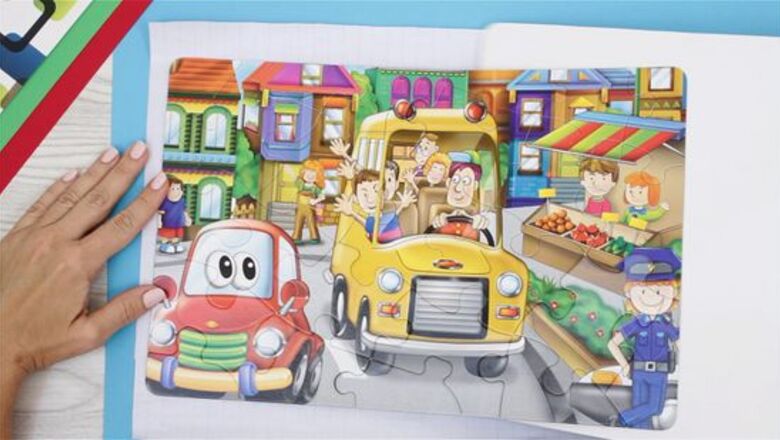
views
Puzzle Glue
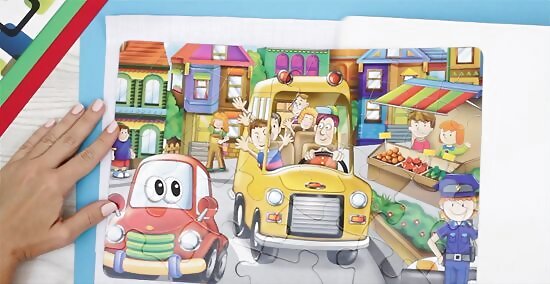
Move your completed puzzle onto wax paper. Create a barrier between the puzzle and your puzzling surface to protect it from glue. If you can, start assembling your puzzle on wax paper to avoid any difficulty with this step. If you’ve already completed it though, that’s no problem. Slide the paper under your puzzle so that there is a paper border around your puzzle: at least 2 inches (5.1 cm) on all sides. Carefully lift one corner of your puzzle and slide the paper under it. Continue to move the puzzle over the paper until the puzzle sits completely on wax paper. Depending on the size of your puzzle, you may need to use multiple sheets of wax paper. If you do, overlap them under your puzzle so no glue can leak through.
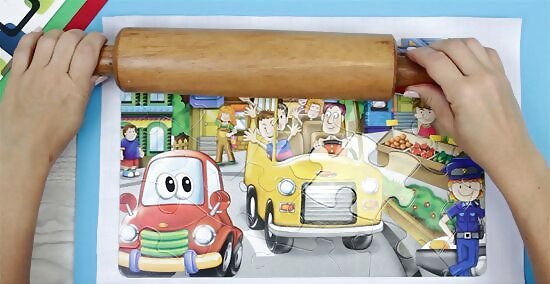
Flatten your puzzle with a rolling pin. Make sure that all your pieces fit together correctly so there are no issues when you glue them in place.
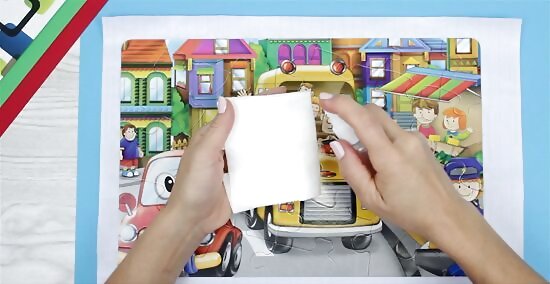
Clean your puzzle. To help your puzzle look its best on display, clean it before you glue. Mix a small amount of rubbing alcohol with water. Dip a cloth into your mixture just enough to lightly dampen it, and gently clean the surface of the pieces. Allow the water and alcohol a few minutes to fully evaporate.
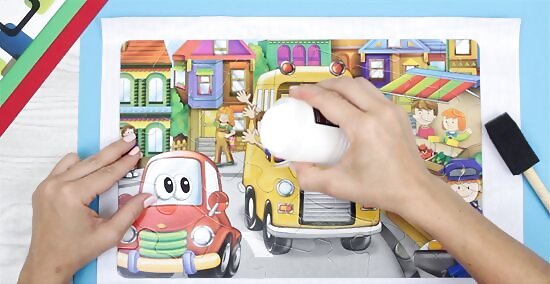
Apply puzzle glue. Start by pouring a small amount of puzzle glue onto the front of the puzzle and spreading it evenly. You can use a piece of cardboard, an expired payment card, or a foam brush. Continue pouring and spreading until all pieces have glue between them. Don’t leave excess glue unspread on the surface of pieces. Coat the edges of the puzzle as well.It is okay if some glue goes onto the wax paper, but a large amount in this area may make the puzzle stick to the wax paper, so quickly wipe it away with a wet paper towel, doing your best to avoid touching the rest of the puzzle.
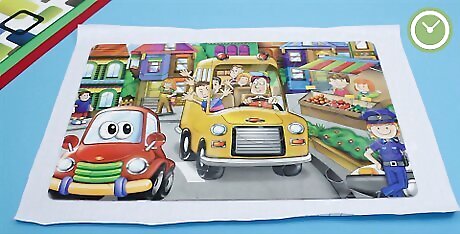
Allow the glue to dry. Depending on the product, drying times will vary. Err on the side of caution and wait overnight to ensure the puzzle dries fully.
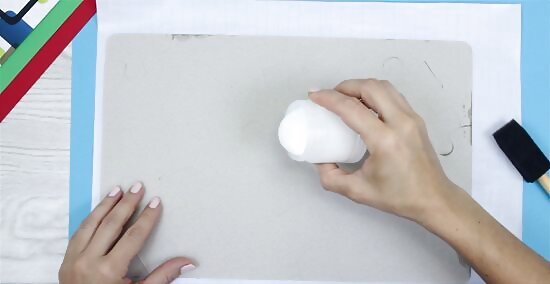
Apply glue to the back if the edge curls. Sometimes after you glue the front, the edges will curl. Don’t worry! Carefully flip the puzzle and apply glue to the back side. Once again, wait several hours to allow the puzzle to dry before flipping it back.
Peel and Stick Puzzle Savers
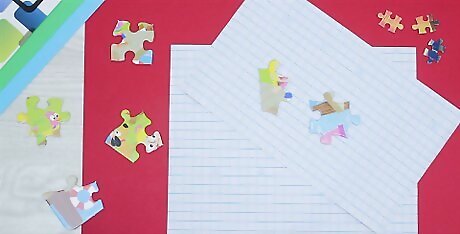
Purchase specialized puzzle hanging sheets. If you want to avoid using glue, you can preserve your puzzle using a specialized puzzle hanging product, like Puzzle Presto Peel and Stick Puzzle Saver. Puzzle glues typically apply a finish to the puzzle, which is one reason why some puzzlers prefer alternative methods. It can also be messy and damage the puzzle if not applied carefully.
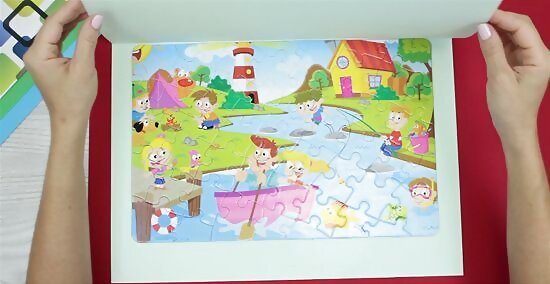
Flip your puzzle. Apply your adhesive strips to the back of the puzzle. In order to access the back of the puzzle, place it between two flat objects like sheets of cardboard. You can slide the puzzle onto one sheet, then place the other on top. Securing the sheets and puzzle together, flip them over quickly. You can use clips to keep the sheets together tightly or ask for help holding it, which is an especially good idea with larger puzzles!
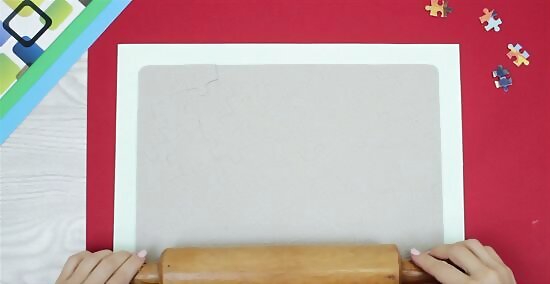
Flatten the puzzle. Use your rolling pin to ensure that the puzzle is completely flat and all the pieces fit together correctly.
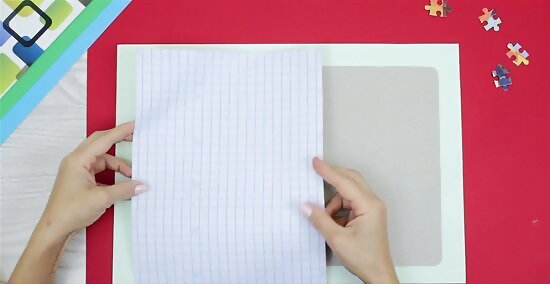
Apply adhesive strips. Peel the back of the puzzle saver sheets to expose the adhesive, and then press them firmly onto the back of the puzzle, overlapping each sheet slightly, and using as many strips as necessary to cover the entire puzzle. Cut off any excess if necessary..
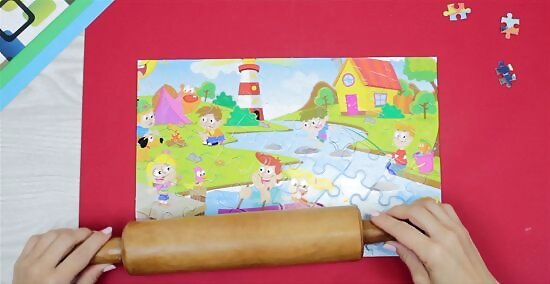
Use a rolling pin again. Roll across the back of the puzzle to help the puzzle saver sheets adhere to the pieces.
Adding Foam Backing
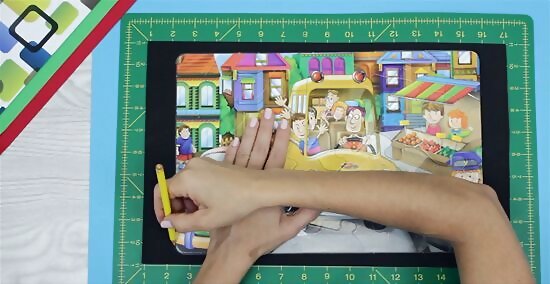
Size the backing board to the puzzle. Once you have preserved your puzzle with glue or puzzle saver sheets, mounting it to a foam backing board provides more support to protect your beautiful puzzle. If you are going to hang the puzzle without a frame, cut the board so it is just slightly smaller than the puzzle. There are two ways you can figure out how to cut the board to the right size: Use a tape measure to determine the length and width of the puzzle, and then use the tape measure to mark those dimensions on the backing. Place the glued puzzle on the backing board and draw an outline around it. Remove the puzzle and use the drawn lines to guide your cuts.
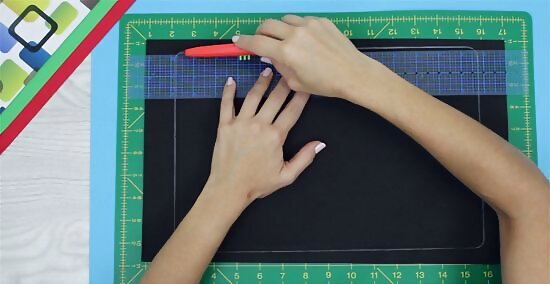
Cut the foam backing. Once you’ve outlined, cautiously cut the board using a hobby knife, using a ruler for clean lines.
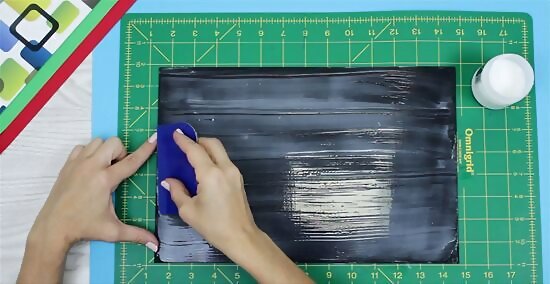
Apply adhesive to the backing. Using a spray adhesive, spray either on the back of the puzzle or on the backing board and then quickly and firmly place the board onto the back of the puzzle. You can also use a puzzle glue if you prefer, spreading it across the entire surface. If you do use a spray adhesive, cover your work surface well beyond the edges of the board or puzzle.
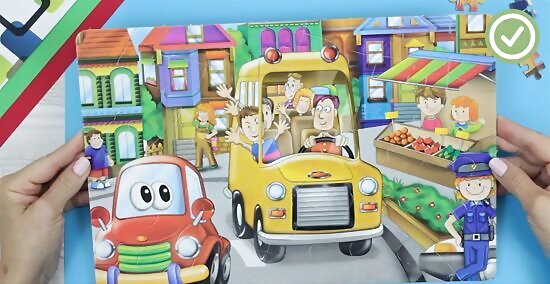
Let the adhesive dry. Place heavy household items like books to distribute weight across the backing board. Once the adhesive has dried, your puzzle will be ready to hang!














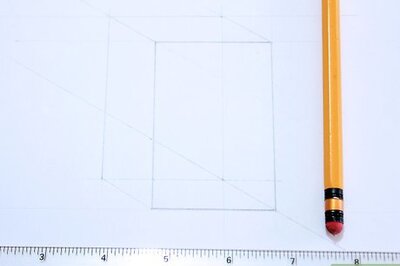
Comments
0 comment